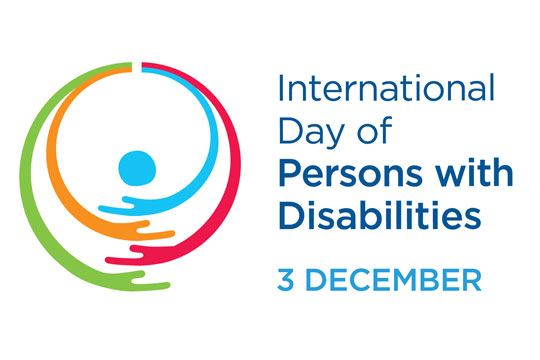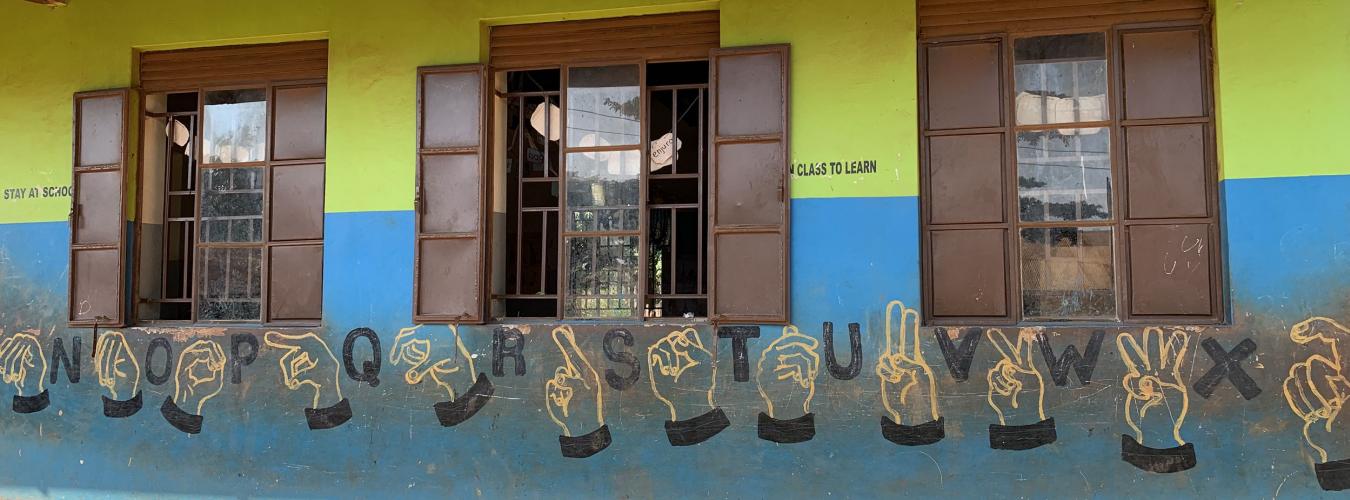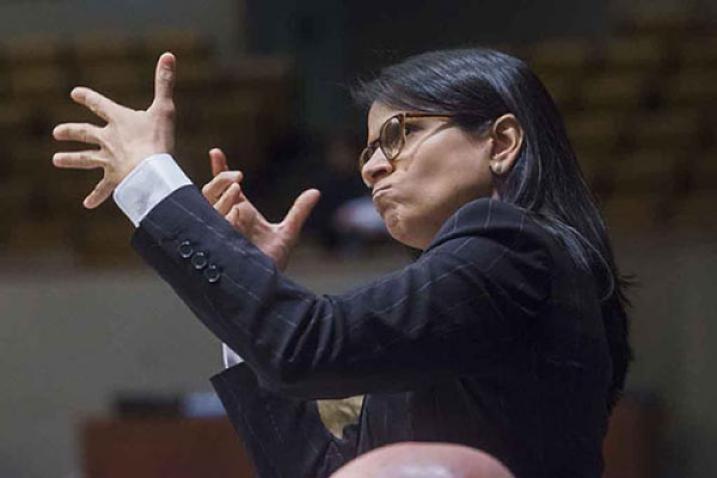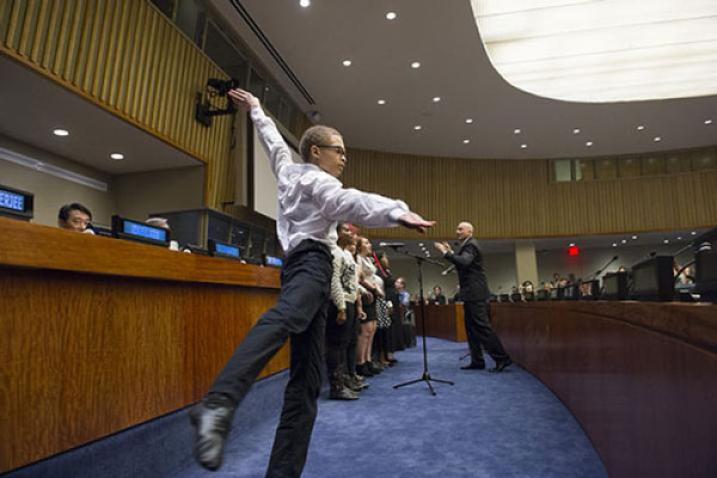United in action to rescue and achieve the SDGs for, with and by persons with disabilities
Given the multiple crises we are facing today, the world is not on track to reach numerous Sustainable Development Goals (SDGs) targets by 2030. Preliminary findings from the forthcoming UN Disability and Development Report 2023 indicate that the world is even more off-track in meeting several SDGs for persons with disabilities.
Our efforts to rescue the SDGs for, with, and by persons with disabilities, need to be intensified and accelerated, given that persons with disabilities have historically been marginalized and have often been among those left furthest behind.
A fundamental shift in commitment, solidarity, financing and action is critical. Encouragingly, with the adoption of the Political Declaration of the recent SDG Summit, world leaders have recommitted themselves to achieving sustainable development and shared prosperity for all, by focusing on policies and actions that target the poorest and most vulnerable, including persons with disabilities.
The United Nations Disability Inclusion Strategy
When launching the United Nations Disability Inclusion Strategy in June 2019, the Secretary-General stated that the United Nations should lead by example and raise the Organization’s standards and performance on disability inclusion—across all pillars of work, from headquarters to the field.
The United Nations Disability Inclusion Strategy provides the foundation for sustainable and transformative progress on disability inclusion through all pillars of the work of the United Nations. Through the Strategy, the United Nations system reaffirms that the full and complete realization of the human rights of all persons with disabilities is an inalienable, integral and indivisible part of all human rights and fundamental freedoms.
In August 2023, the Secretary-General submitted his fourth report on steps taken by the UN system to implement the UN Disability Inclusion Strategy in 2022.
Commemorative Event : UNHQ, 1 December 2023, 10am-1pm (New York Time)
The discussion will be structured around five pillars of sustainable development – People, Planet, Prosperity, Peace, and Partnerships – with a special focus on the priority areas identified in the SDG Progress Report of 2023, in the outcome document of the recent SDG Summit, in policy briefs prepared for the Summit for the Future and in the forthcoming UN Disability and Development Report 2023. For purposes of this discussion, the priority areas can be identified as gender equality (People), climate action (Planet), financing for development (Prosperity), a new agenda for peace (Peace) and strengthening multilateralism (Partnerships).

Did you know?
- Of the one billion population of persons with disabilities, 80% live in developing countries.
- An estimated 46% of older people aged 60 years and over are people with disabilities.
- One in every five women is likely to experience disability in her life, while one in every ten children is a child with a disability.
Watch
Nyle Di Marco, New York Times bestselling author, producer, advocate, and actor talks about disabilities and Human Rights.




